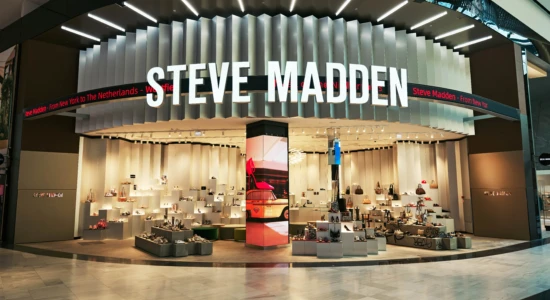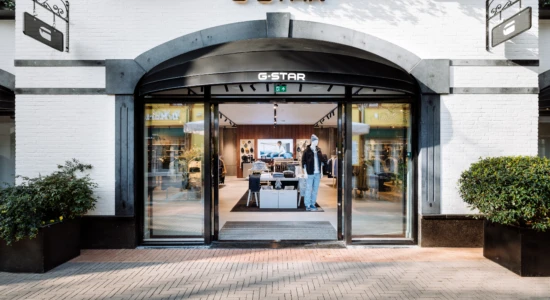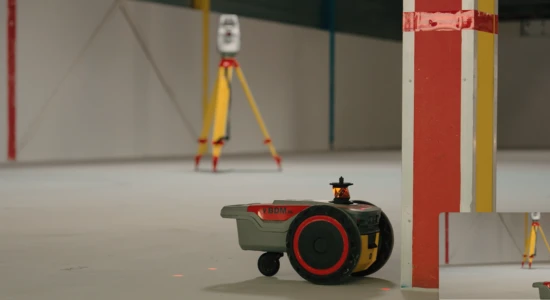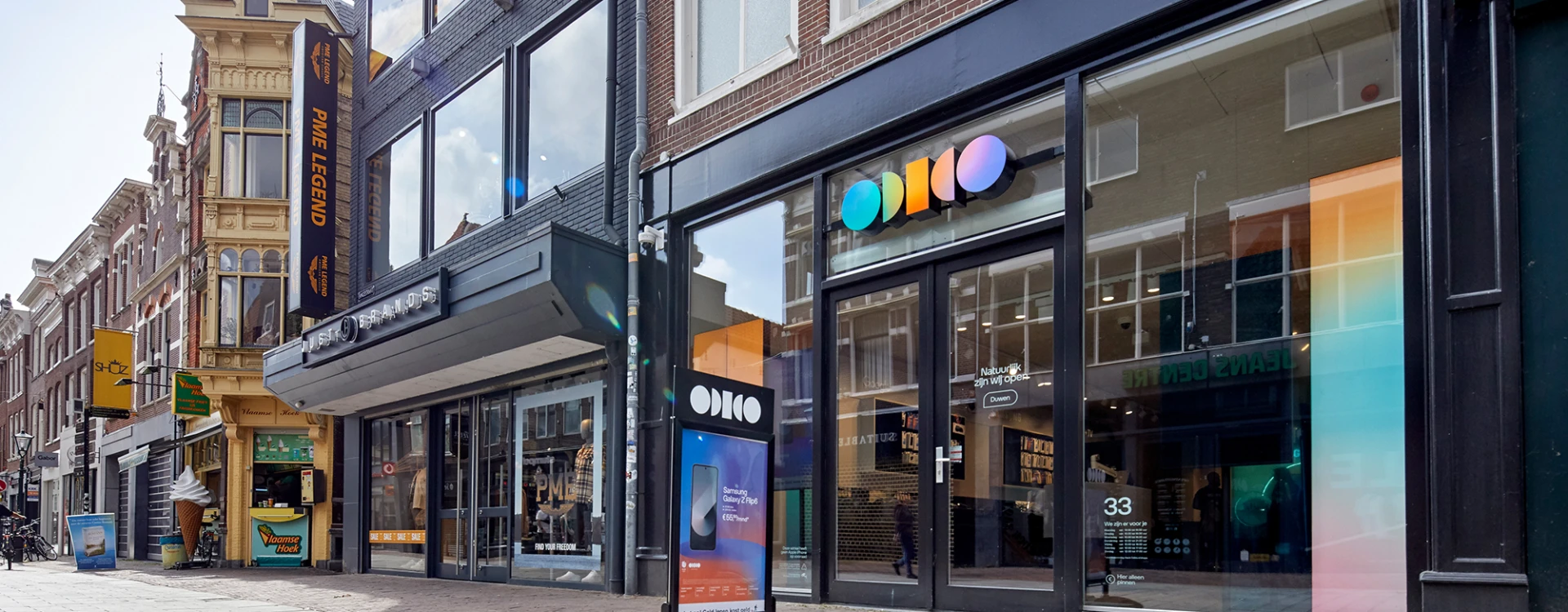
News
Retail
Sep 12, 2024
Odido’s sustainability on track: one-third of stores CO₂-neutral
17 stores already CO₂-neutral, on track for 2028
Odido has rapidly advanced the sustainability of its retail stores. Already, 17 locations are CO₂-neutral, with another 27 stores scheduled for upgrades this year. The company is working closely with general contractor Bulsink on a structured approach to make 80 stores CO₂-neutral by 2028. Initial results are positive, showing a significant reduction in energy consumption and improved in-store comfort for both customers and employees.
Odido accelerates retail sustainability with Bulsink
Odido began this transition one year ago. The goal is to make 80 stores CO₂-neutral by 2028. This is being achieved in two key ways: phasing out gas — previously the main energy source on the shop floor — and maximizing energy efficiency throughout. In partnership with construction firm Bulsink, each store undergoes a thorough assessment to review energy consumption, the condition of existing installations, and opportunities for improvement. Based on this, a tailor-made sustainability plan is developed per location.
The measures are wide-ranging. These include improved insulation, HR++ glazing, and replacing gas-fired systems with electric alternatives such as heat pumps and infrared panels. Energy-efficient LED lighting is being installed, along with ventilation systems featuring heat recovery. Entrances may also be upgraded with energy-efficient air curtains where applicable.
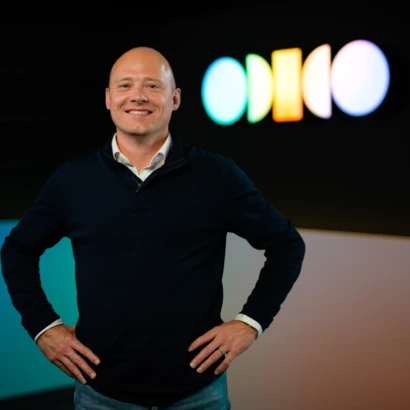
“
In this process, Bulsink took a lot of work off our hands and completely unburdened us, allowing us to maintain 100% focus on the customer
- Koen-Jan Venrooij, Manager Retail Formule Odido
Step-by-step rollout
Following a pilot in Alkmaar, the approach was rolled out step by step across other stores. Over the past months, 17 stores have already been upgraded — slightly fewer than the originally planned 20. Koen-Jan Venrooij from Odido explains: “The delay was mainly due to permit processing by municipalities. In this process, Bulsink took a lot of work off our plate and completely unburdened us, allowing us to fully focus on our customers.” Despite the delay, the company remains optimistic about the progress and the results achieved so far. This year, the aim is to upgrade 27 stores. According to Bulsink project manager Harm Kempers, “we’re on schedule, but we aim to speed up even more in the coming period.”
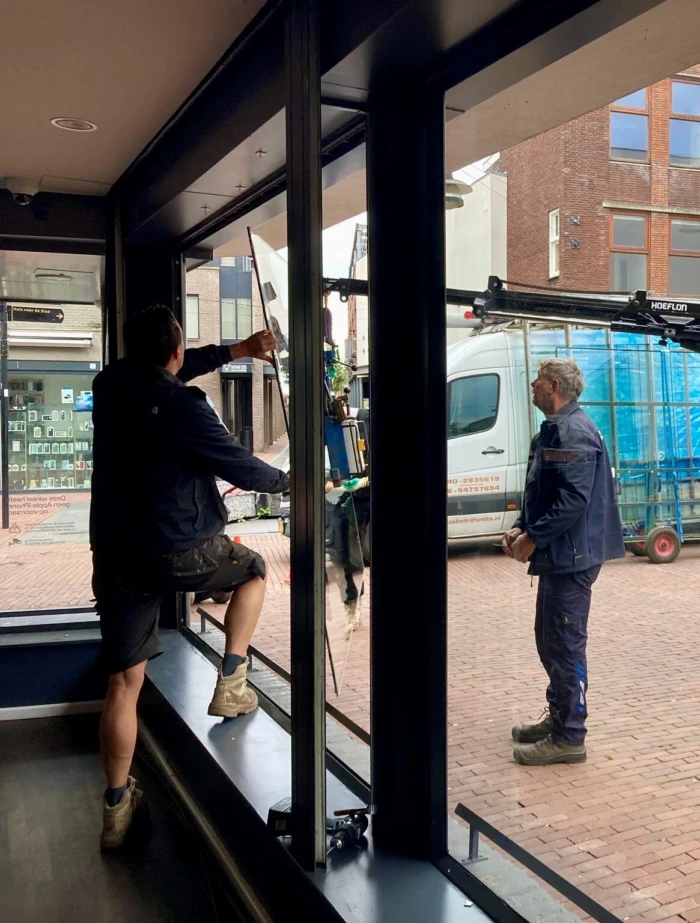
Efficiency through clustering
One of the biggest lessons Odido learned this year is the importance of clustering for greater efficiency. Koen-Jan explains: “Our biggest learning is that if you want to gain speed, everything must be well aligned. Last year, we based our selection on lease end dates. Now, we’ve focused more on geographic proximity. As a result, we can upgrade several stores in quick succession, reducing lead time.”
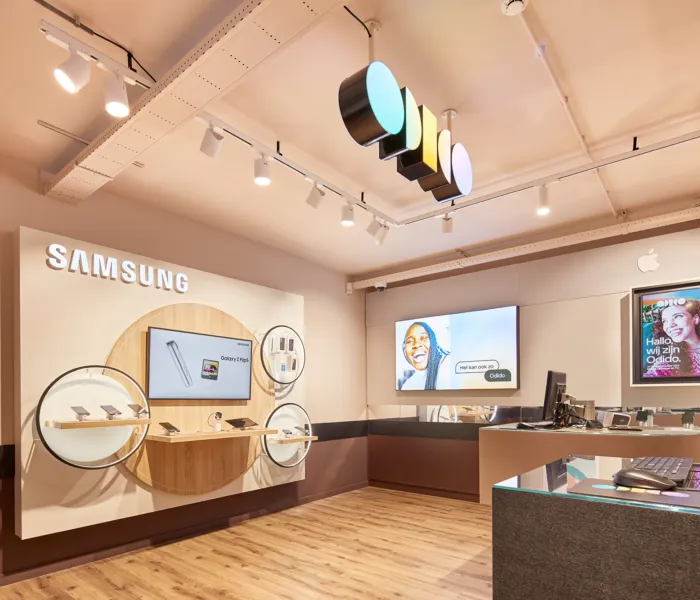
Working with property owners
Collaboration with landlords plays a key role in the sustainability of Odido’s stores. “Initially, we looked at which stores used the most gas, but during the pilot we discovered that lease contracts are the decisive factor,” says Venrooij. “We reversed the process: when leases near expiration, we engage the landlord. Then Harm Kempers, project manager at Bulsink, conducts an assessment to calculate the total investment.”
Landlords are typically responsible for structural installations and the building envelope — like insulation and glazing. “By engaging them early, Odido can better align sustainability measures,” Harm explains. Commercial Director Debbie Melis adds: “We want to work with property owners to explore how they can support tenants like Odido in making buildings more sustainable. We’ve found that landlords are open to it. They’re happy to contribute ideas while leaving the renovation to us. That helps us streamline the process even further.”
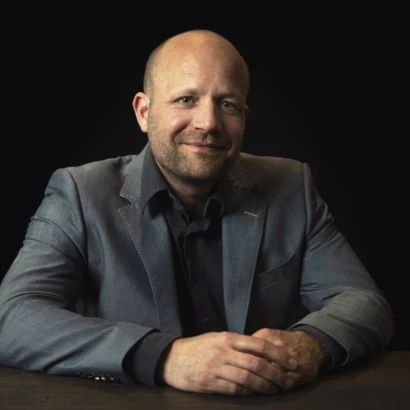
“
Customization is essential when it comes to making stores more sustainable. We assess the most effective solutions for each specific situation.
- Harm Kempers, Project Manager Bulsink
A store ready in three days
A key strength of Odido’s approach is the speed of execution. Debbie explains how the company completes sustainability upgrades in just three days: “On Monday, when stores are only open for half the day, we begin — replacing glass and updating the entrance airlock. On Tuesday, we install new air conditioning and finish the systems. On Wednesday, the store is cleaned and fully operational again. This minimizes disruption for customers.”
Customisation remains essential, Harm adds: “We assess what’s most effective for each situation. Sometimes it’s insulating a stairwell; in other cases, roof insulation works best.”
Tangible impact
The implemented measures are already having a noticeable impact on store energy use. HR++ glazing has proven particularly effective. Koen-Jan notes: “We’ve installed HR++ glass everywhere. It reduces heat loss by 80% compared to single-pane glass. That’s a serious improvement.” Closing doors also turned out to be a surprisingly effective and simple way to save energy. “We now follow a closed-door policy,” he says. “Whether it’s cold or over 25°C, keeping doors closed saves a lot of energy.”
Introducing the policy took some adjustment: “Some staff thought: ‘If the door’s closed, we’re not being welcoming.’ But that concern wasn’t justified. We added signage to make it clear that customers are still welcome, even when the door is closed. We also replaced doors that weren’t functioning properly.”
In addition to energy savings, the changes have made stores more comfortable for customers and employees alike. “The in-store climate has significantly improved, which people really appreciate. In Alkmaar, they moved from a building with an energy label G — and now they notice a huge difference,” Koen-Jan says. This also makes Odido a more attractive employer: “Especially to younger generations, who care more about sustainability.”
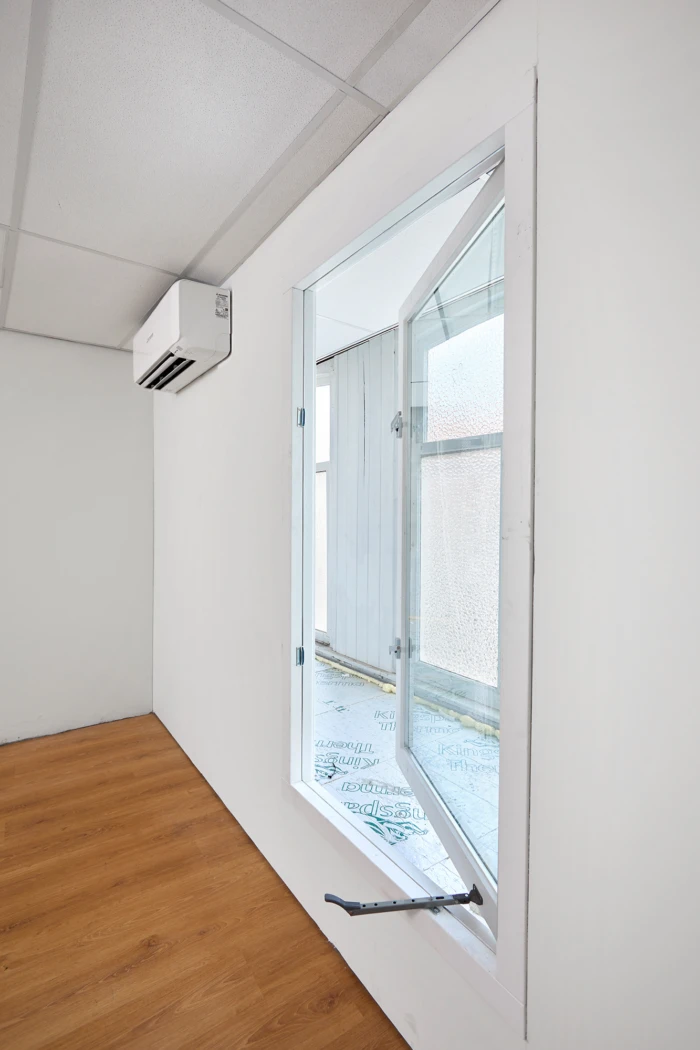
A valuable learning journey
Harm is pleased with the steps taken over the past year: “We’ve learned a lot about subsidy applications and how to best structure these kinds of plans. This was a new type of project for us, but we now have the experience to help other clients with similar challenges.”
He sees the biggest gains in continuing to assess and improve the building envelope and climate systems. “Many older systems consume far too much energy, while modern ones can do the job with half as much. In the long run, it pays off. This isn’t just a one-time investment — it’s about the full picture.”
